'Significant falling out’ between Navy head and Marines chief
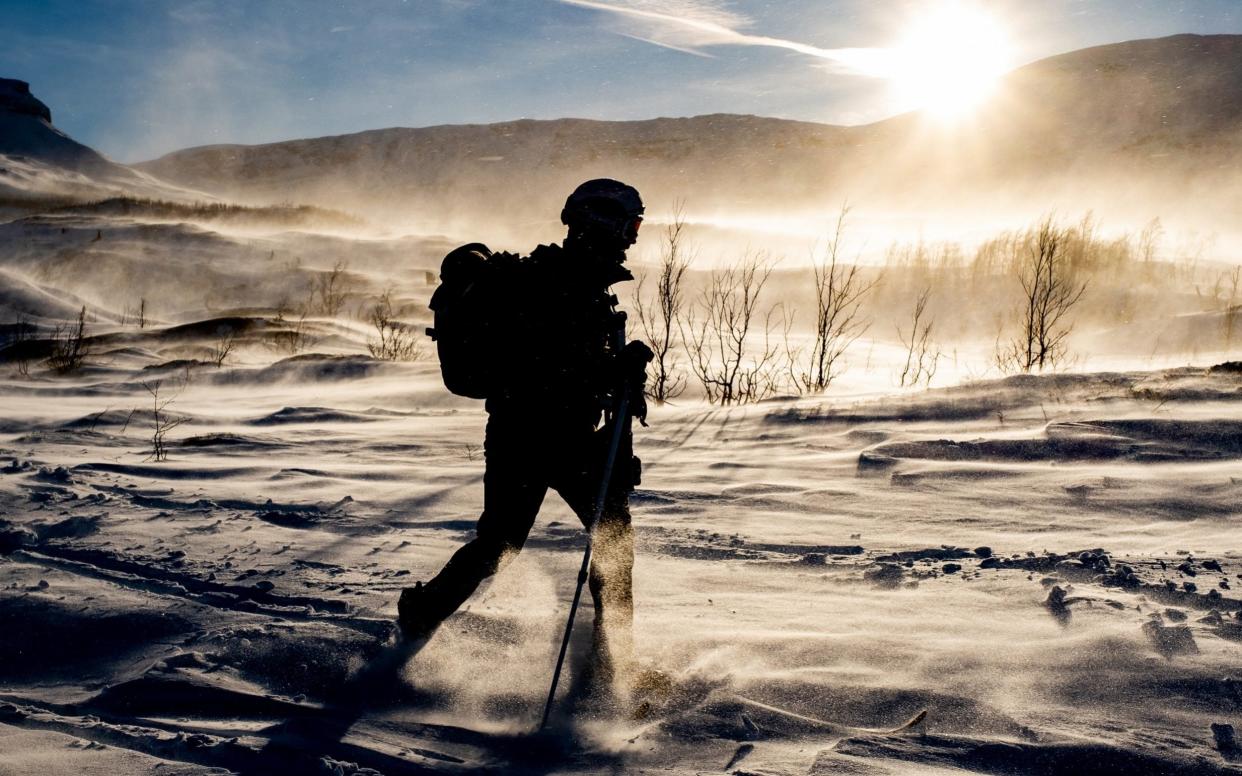
There has been a "significant falling out" between the head of the Royal Navy and the Royal Marines chief after the latter resisted attempts to expand his role.
The Defence Secretary has rejected plans to double-hat the role of Commandant General Royal Marines (CGRM) with another job.
Admiral Tony Radakin, the head of the Royal Navy, was thought to be in favour of moving the role of CGRM to a more senior officer.
However, the incumbent, Major General Matt Holmes, and senior defence experts warned that the attention given to the Royal Marines would be diluted, just as it was needed to see through the Future Commando Force programme.
The Telegraph understands Gen Holmes “resisted vigorously” and had a “really significant falling out” with the First Sea Lord.
In a statement released on Tuesday a Defence spokesman said the proposal by the Royal Navy to make the role of Commandant General Royal Marines a three-star post had been rejected by the Defence Secretary.
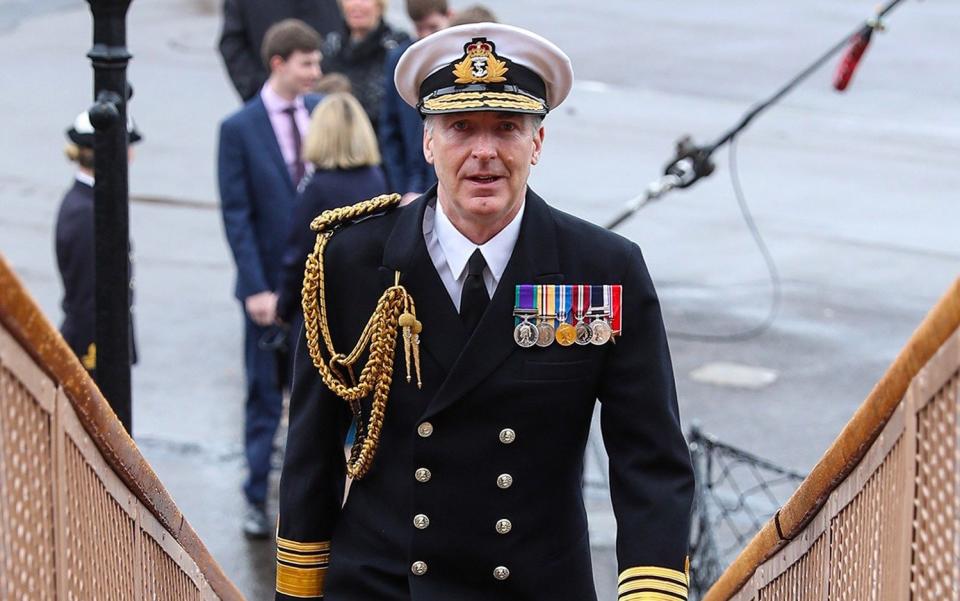
A Navy source said Gen Holmes’s scheduled move in April was part of the transformation of the service. Gen Holmes would be moving on 20 months into what was normally a three-year tenure.
Under part of the Royal Navy Transformation programme, the role of CGRM was to be given to Lieutenant General Rob Magowan, a three-star officer one rank more senior than Gen Holmes.
However, he is soon to take up the post in charge of managing the MoD’s equipment portfolio, a role that would take him away from the day to day management of the Royal Marines.
Critics say his ability to keep up to date with emerging concepts around amphibious warfare, as well as maintaining critical ties to the US Marine Corps would have been limited.
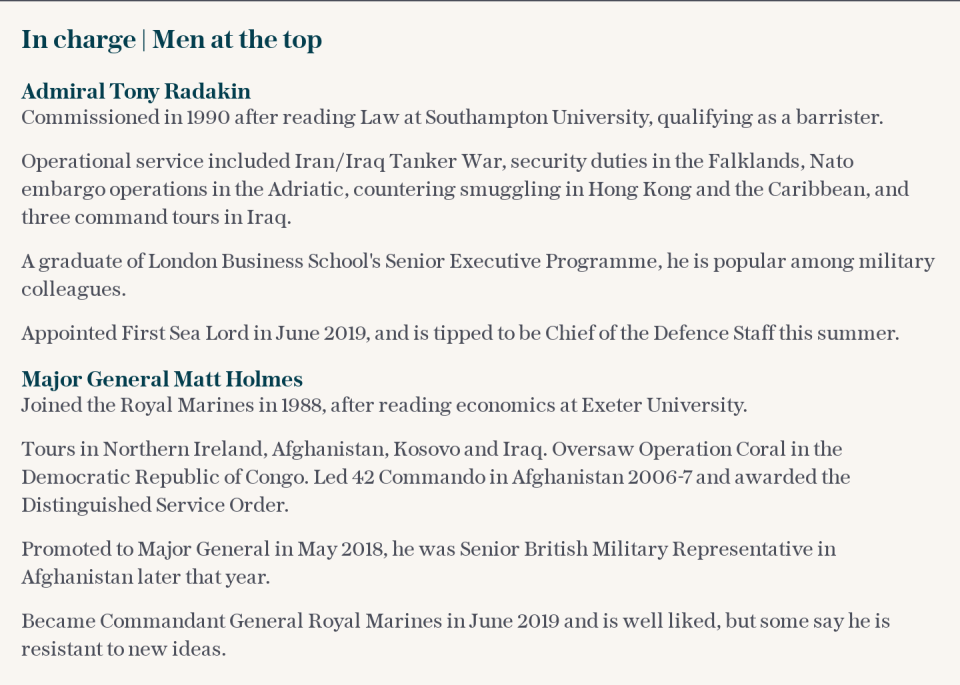
Three-star officers holding jobs in MoD headquarters with Defence-wide responsibilities are expected to be ‘service agnostic’. As such, critics claimed, it could have placed Gen Magowan in an awkward position and limited his ability to champion issues specific to the Royal Marines.
The senior Defence source said: “This was a thoroughly bad idea being done for entirely the wrong reasons...at the cost of completely compromising the identity - and losing the warfare focus - of the Royal Marines. The job of CGRM would have disappeared in virtually all but name”.
“Of course, the Armed Forces should be as managerially efficient as they possibly can, but not at the cost of warfare efficiency. This was a managerial solution to a warfare problem.
“Under these plans would the Royal Marines be the organisation that today produces 50 per cent of the nation's Special Forces?”
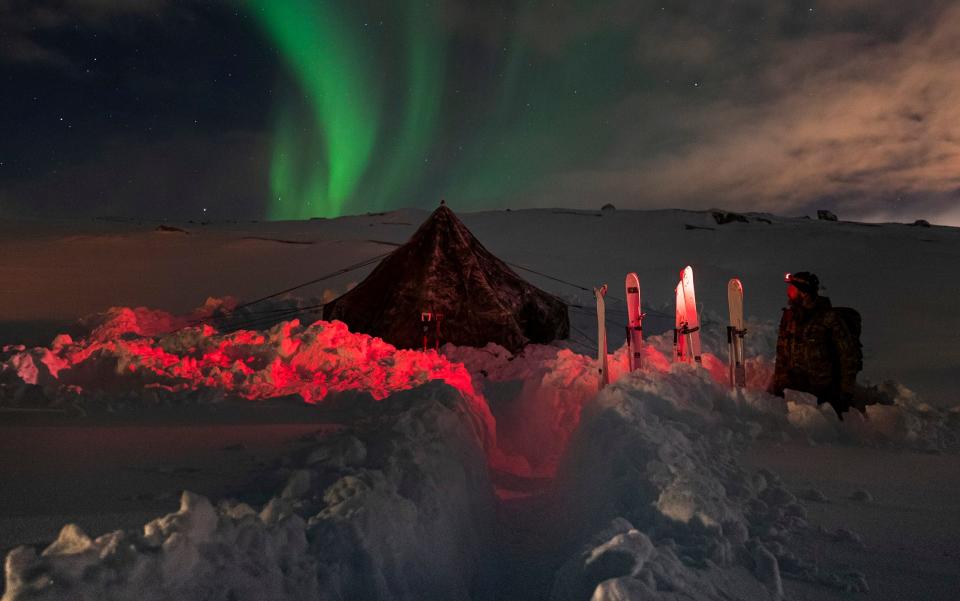
Many areas of policy regarding the Royal Marines have already been folded into other directorates within the Royal Navy as part of a transformation programme, including personnel, equipment acquisition and technology.
Navy sources defended the reorganisation, saying the First Sea Lord wants Royal Marines officers to compete against naval colleagues for senior two-star jobs previously out of their scope due to their focus on serving in 3 Commando Brigade.
It was hoped that in due course Royal Marine officers could be considered for more senior roles such as Fleet Commander, Second Sea Lord or even the head of the Royal Navy.
By making some of the responsibilities of CGRM less "stove piped and siloed, and moving them into wider areas" the post would become more competitive for senior command of the military, a Navy source said.
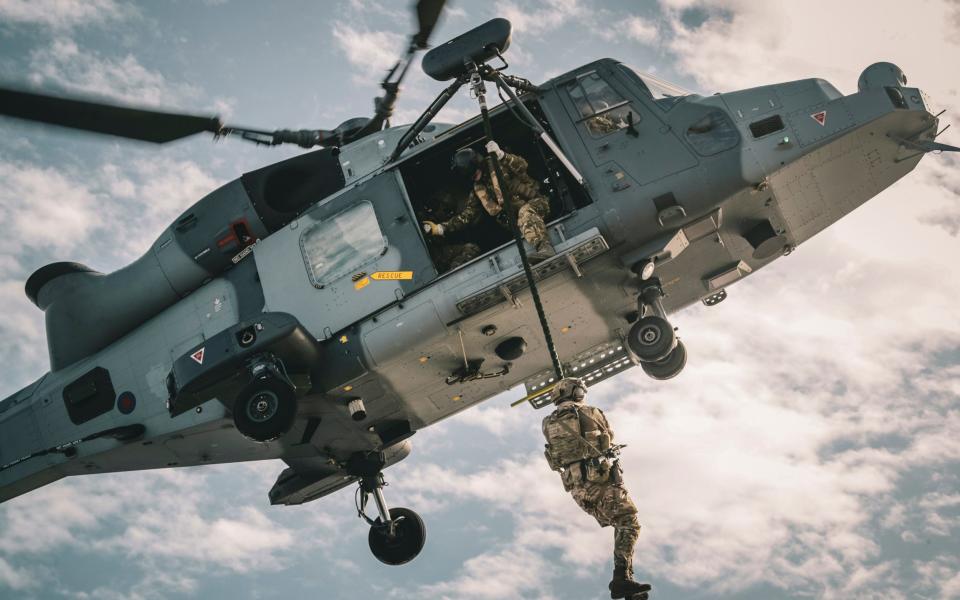
"This will ensure the Marines remain a distinct but integral part of the Royal Navy. They will keep their core values and ethos.
“First Sea Lord is very much of the opinion that you need the right person in the right place at the right time to do the right job."
The other heads of fighting arms (Surface Ships, Submarines, Fleet Air Arm, Maritime Reserves, and Royal Fleet Auxiliary) have already gone from two-star to one-star.
“Having a three-star as head of the Royal Marines really enhances their position within the Navy,” the Navy source said.
A Royal Navy spokesman said: “The Royal Navy is transforming into a more capable, streamlined and integrated force better able to deal with tomorrow’s threats and the Future Commando Force is central to this.
"Huge value is placed on the distinct and world-renowned regimental ethos of the Royal Marines within the Royal Navy and wider UK Defence."

